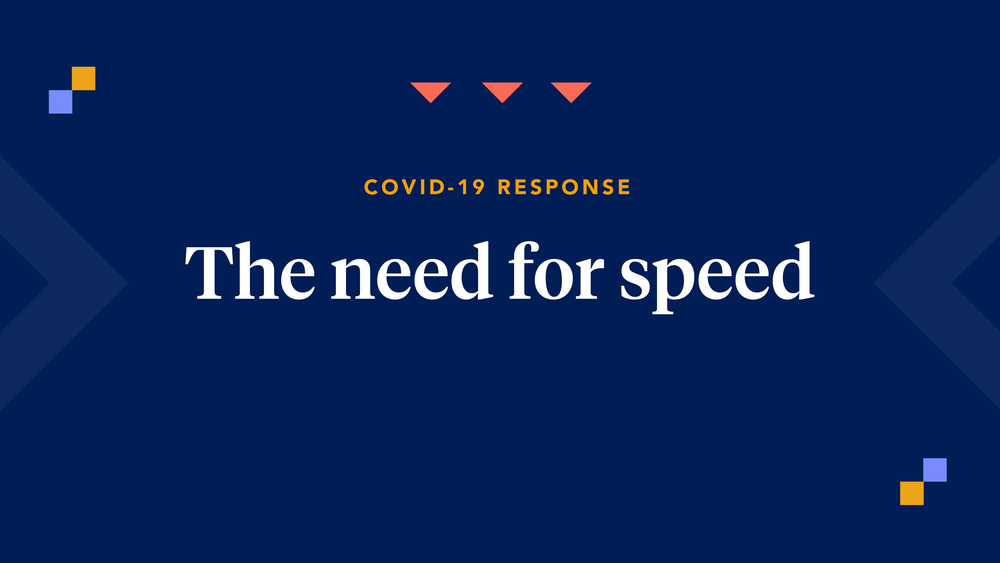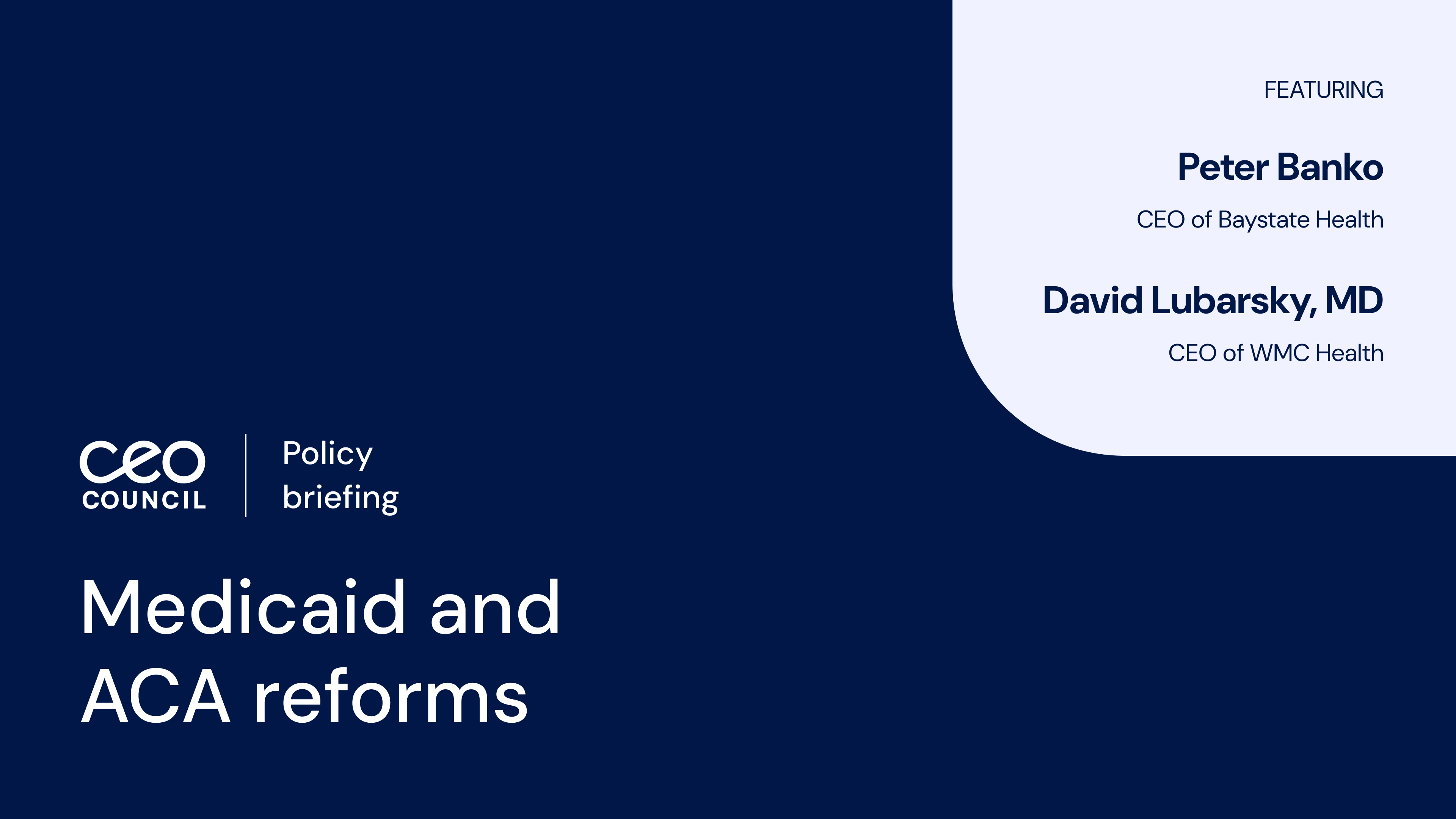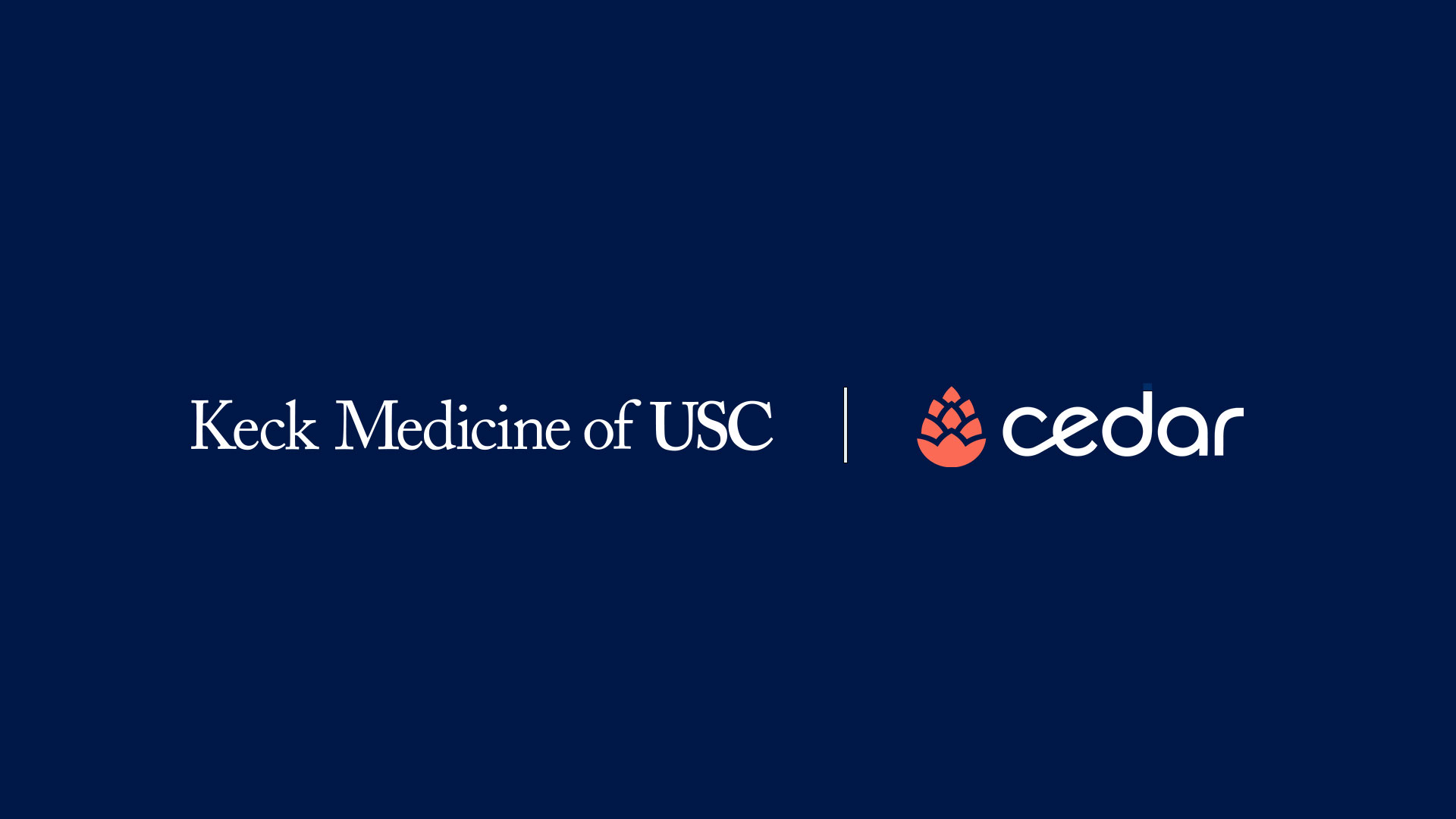COVID-19 has been called a “great accelerator,” proving that the traditionally slow healthcare industry has the ability to move fast. In fact, a 2020 McKinsey survey revealed that across all sectors and regions, the pandemic has sped up the way companies do business. Many temporary digital solutions are expected to be long-lasting.
For every healthcare organization, large or small, digital transformation proved to be a sustaining force during the pandemic. As healthcare leaders and providers were navigating employee safety, reduced staffing and remote teams, digital solutions (like telemedicine) helped fill key gaps. For some, the results were unexpected.
Learning from trial and error
“We saw a lot of patients who lost insurance, lost jobs, or otherwise were financially impacted,” Lankford Wade, chief financial officer of Summit Health, said at the 2021 Cedar Summit. “So I thought we would see an adverse impact on things like patient collections from historical services that were provided. Conversely, we saw an uptake in patient engagement during the pandemic. We saw collections improve relative to historical perspectives, maybe thanks to the new technology we put in place. We recently rolled out the Cedar platform as our patient engagement platform, and I certainly think that helped.”
Another surprise was that Summit Health found itself inundated by in-person visits. So they had to adapt quickly to accommodate those patients. “Our providers would show up in the morning, and there would already be a line wrapped around the corner,” Wade said. “We felt like that wasn’t the right experience that we wanted to give to our patients. So we quickly scrambled and implemented a virtual queuing solution, so patients could sign up online, get into the queue, and then we would notify them when it was their time to come in for a visit. Some of these things we figured out through trial-and-error over the first few weeks and months—but now they’re part of our standard workflow.”
One thing is clear: The last thing patients want to do now is touch a public kiosk that a dozen others have already touched. The days of filling out paperwork on a clipboard and using a communal pen are changing. (That’s the hope, at least.)
Mark Solazzo, executive vice president and chief operating officer at Northwell Health—one of the largest health systems in the country—noticed that when the way consumers accessed care started to change, it didn’t take long for their expectations to evolve as well. “The priority for patients was being able to get rapidly evaluated on their symptoms, quick turnaround of their tests and a rapid decision tree with regard to the next steps in their care,” he said. “They wanted assurances that if they had to see us in person, they were able to do it in a quick manner and without sitting right next to another patient.”
Solazzo learned some key lessons during the pandemic: silos don’t work; integrated solutions are necessary; and those solutions should always be built around the needs of consumers, while also making processes easier and more seamless for clinicians. “If we’re honest with ourselves, many of the processes that we built focused only on ourselves and not on the consumer,” he said. “We really needed to change this paradigm internally.”
How to maintain speed going forward
At Cedar’s 2021 Summit, we explored this topic in-depth and discovered that, above all, a nimble approach is essential.
NYU Langone, for example, had already invested in digital technologies before the pandemic, including telehealth and remote patient monitoring, so they were able to pivot quickly to meet clinical demand and help patients access care without delay.
Organizations must be willing to try new things, pilot different solutions and stay open to change. “You might be surprised by what sticks, what works and what engages consumers and your patients in a very different way,” Wade said.
And one thing is certain: A top-notch online experience must always be matched by a great experience each time a patient walks through the door—from the first front desk interaction all the way through post-visit payment. Digital solutions can help organizations thrive—but they’re no substitute for old-fashioned human warmth, empathy and understanding, especially when patients are at their most vulnerable.
Implementing digital solutions may seem daunting at first, but if done right, organizations can continue to boost efficiency, revenue and patient engagement. In any case, there’s no turning back. With our “new normal,” digital transformation is the key to staying competitive.
“Don’t let your organization fall back into the old ways of doing business,” Solazzo said. “Don’t let bureaucracy creep in, especially in large organizations. We learned we can be nimble. We know we can be fast. We’re able to innovate on the fly. So let’s all take advantage of that and keep going.”



